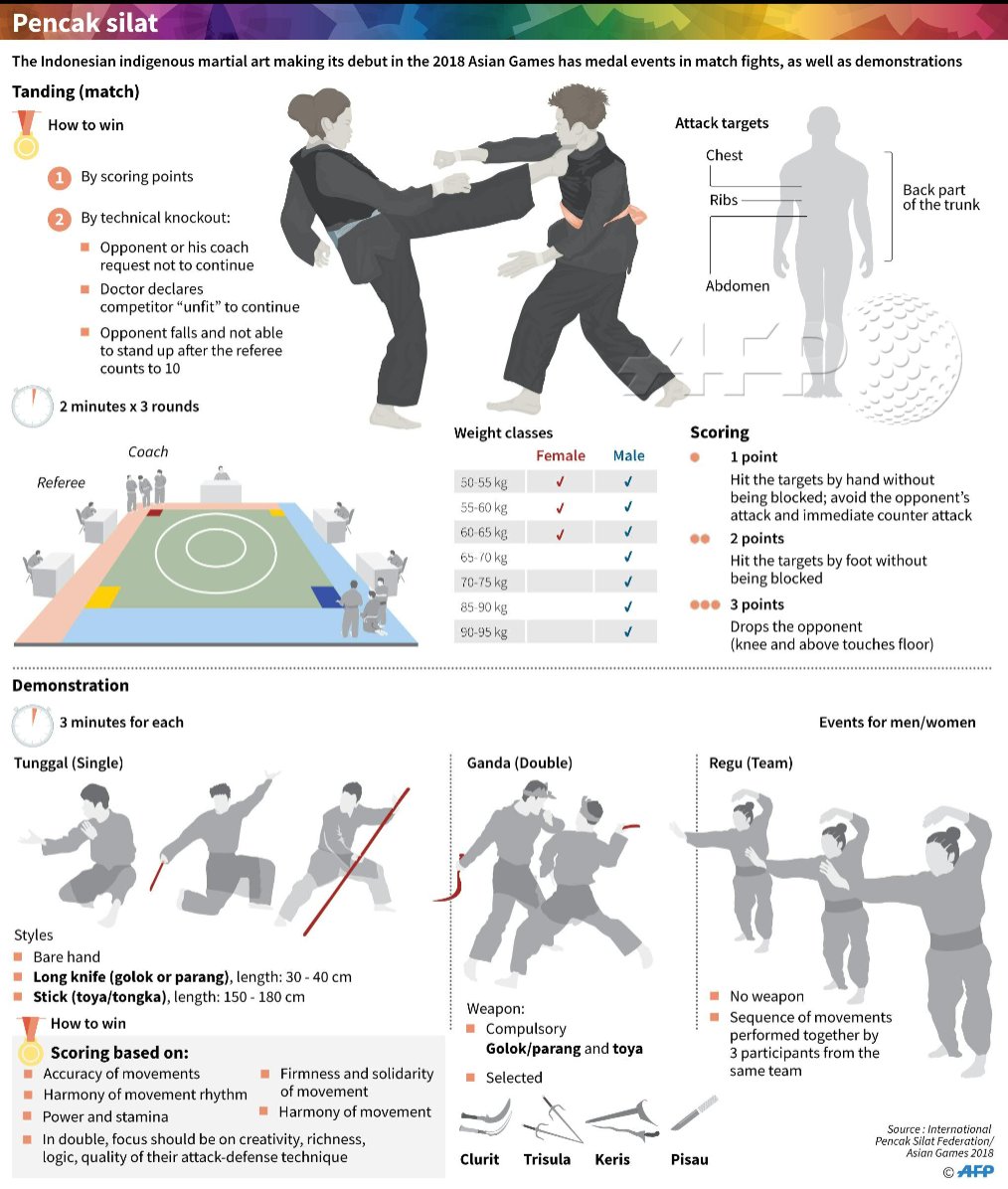The Background And Approach Of Martial Arts: A Deep Dive
The Background And Approach Of Martial Arts: A Deep Dive
Blog Article
Web Content Writer-Adkins Montoya
Step into the old world where martial arts were born out of necessity in diverse regions. a knockout post fighting designs intertwined with historic contexts. Strategies developed over centuries through committed method and social exchanges. Today, modern martial arts blend standard aspects for maximum efficiency. Philosophically, martial arts emphasize self-control, self-improvement, and consistency. Regard, humbleness, and equilibrium are foundational concepts directing practitioners towards development and durability. Check out the depths of this abundant background and philosophy to reveal the extensive impacts forming this long-lasting technique.
Beginnings of Fighting Style
Martial arts originated in various areas around the world, evolving as sensible combat systems to defend against dangers. These ancient combating styles were created out of necessity, with each culture crafting methods suited to their special atmospheres and challenges. From the grappling arts of Jujutsu in Japan to the striking methods of Martial art in China, martial arts were deeply linked with the historic, social, and social textile of their respective cultures.
In Japan, the samurai class refined martial arts like Kenjutsu, the art of the sword, which later evolved right into the much more promoted kind of Kendo. Meanwhile, in Brazil, Capoeira emerged as a mix of dance and combat, produced by enslaved Africans as a method to resist injustice. Each martial art brings with it a rich history and ideology, showing the worths and ideas of the people who exercised them.
As you explore the origins of martial arts, you uncover a tapestry of human resourcefulness, strength, and the stubborn spirit of warriors throughout time.
Advancement of Methods
Through centuries of technique and improvement, fight methods within different martial arts have undergone a profound evolution. From ancient styles like Martial art and Karate to more modern-day techniques such as Brazilian Jiu-Jitsu and Krav Maga, the advancement of strategies has been driven by a combination of social influences, practical applications, and technological improvements.
One significant facet of this development is the cross-pollination of strategies in between different martial arts. For example, techniques from conventional Japanese Jiu-Jitsu were included into the creation of Judo by Jigoro Kano in the late 19th century. This mixing of designs has led to the growth of crossbreed martial arts like Mixed Martial Arts (MIXED MARTIAL ARTS), which incorporate elements of striking, grappling, and entry methods.
Moreover, the evolution of techniques has been shaped by the enhancing emphasis on efficiency and effectiveness in fight. Practitioners have actually continually looked for to improve their methods via rigorous training, trial and error, and competition, bring about the growth of extremely specialized and reliable battling designs. Generally, what is a martial art of techniques in martial arts mirrors the vibrant nature of combat and the continuous pursuit for enhancement and advancement.
Thoughtful Foundations
Discovering the underlying philosophical principles of martial arts offers understanding right into their core worths and leading ideas. At the heart of several martial arts disciplines is the principle of technique itself. By training your mind and body to act as one natural system, you grow technique that extends beyond the dojo or gym into daily life. This technique encompasses respect, humility, and self-constraint, shaping not simply your physical abilities yet also your personality.
Another essential thoughtful foundation in martial arts is the idea of constant self-improvement. The journey of understanding a martial art is perpetual, with professionals regularly striving to better themselves, both physically and mentally. This concentrate on growth fosters resilience, perseverance, and a growth state of mind that can be put on all aspects of life.
Moreover, martial arts highlight the significance of harmony and equilibrium. Methods are made to utilize an opponent's energy versus them, highlighting the concept of generating and redirecting pressure as opposed to satisfying it head-on. This approach includes social connections, advertising tranquil resolutions and mutual understanding. By embracing these philosophical structures, martial musicians not only boost their fight abilities but also grow a way of life fixated personal growth, regard, and harmony.
Final thought
To conclude, the background and ideology of martial arts offer a rich tapestry of custom, self-control, and self-improvement.
Take for example the story of Bruce Lee, that transformed martial arts by mixing various styles and viewpoints to create his own special kind of Jeet Kune Do.
With devotion and innovation, martial artists remain to press limits and motivate others to reach their full potential both in combat and in life.
